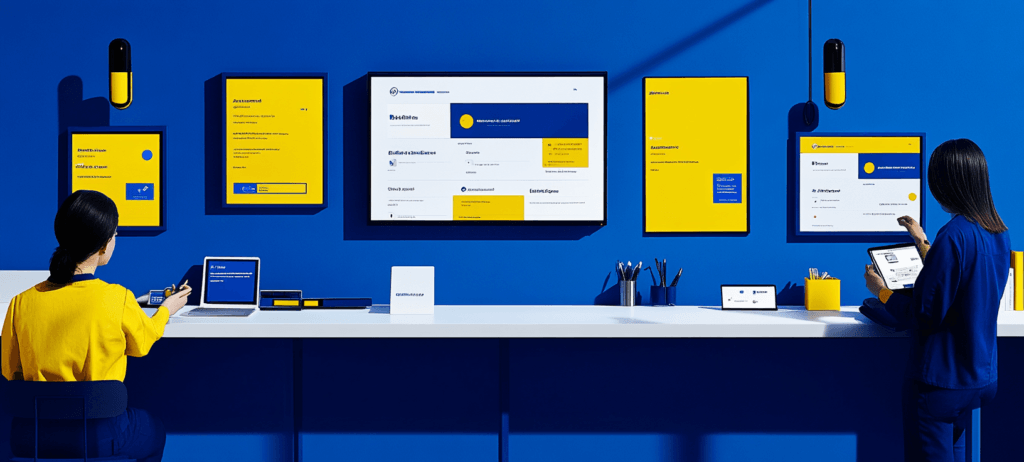- Home
- Blog
- Social Media
- What is Instacart? Your Key to Boosting Product Sales
What is Instacart? Your Key to Boosting Product Sales
-
 6 min. read
6 min. read
-
 WebFX Team
WebFX Team Digital Marketing Agency
Digital Marketing Agency
- The WebFX team is made up of more than 500 subject matter experts in digital marketing, SEO, web design and web development, social media, and more. Together, they’ve helped WebFX’s clients earn more than $6 billion in revenue from the web — and that’s just in the past five years. @webfx
If you’re looking to expand your reach online, you may look into selling your products on third-party platforms like Amazon or Walmart Marketplace. One platform, Instacart, is rising as a popular app to use to buy products from local businesses.
But what is Instacart?
Keep reading to find out what Instacart is and how it works!
P.S. Want to get tips and tricks for selling more products online? Join 200,000 in-the-know marketers by subscribing to Revenue Weekly!
What is Instacart?
Instacart began as grocery delivery and pickup service that now lets users order groceries and other products online or through their app. With an estimated 9.6 million active users and 500,000 “shoppers” (people who shop and deliver the products to customers), the company has shifted the shopping experience.
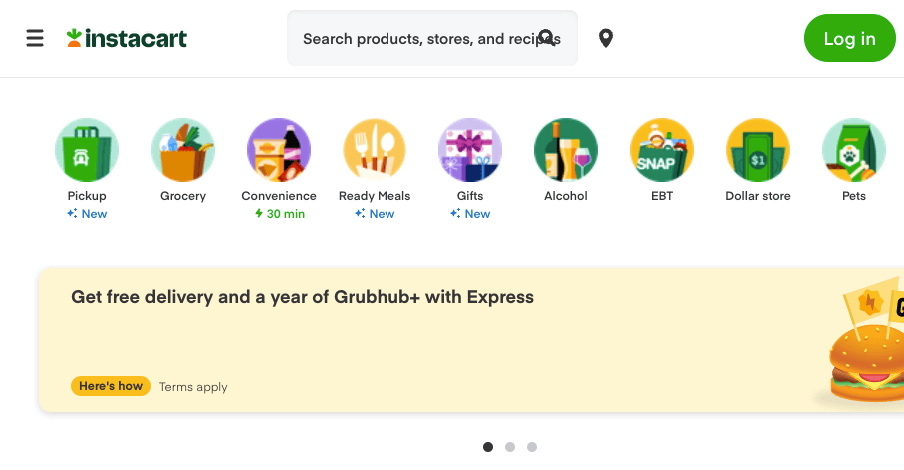
Unlike single-store delivery services, like Walmart’s Delivery and Express Delivery options, Instacart gives users access to a large inventory of participating retailers, with more than 500 million products currently available in the app’s database.
Anyone can create a free account and start shopping local options for a varied delivery fee. Instacart Express, the company’s premium membership program, gives frequent shoppers free delivery on orders over $35 and plenty of other benefits to promote return shopping.
According to the brand, Express customers shop about twice as much as typical Instacart users, spending nearly $5000 yearly on average.
3 key components of Instacart for small businesses
Excluding the platform itself, the Instacart shopping experience relies on three pivotal players — the store, the shopper, and the customer.
The customer chooses a store they want to shop from and builds their shopping cart. Despite the long-standing tradition of weekend afternoon shopping, there’s been a significant shift to placing midweek orders earlier in the day.
With that convenience comes a cost. Prices are typically higher than they are in-store to accommodate Instacart’s fees. Because Instacart doesn’t have direct access to each retailer’s inventory list, product quantities may or may not be accurate while shopping.
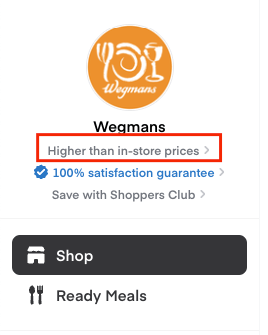
Once the customer checks out and pays, Instacart sends the order to available shoppers nearby who choose to accept the job. At the store, the shopper shops the customer’s list, communicating any product changes or substitution questions. The shoppers charge the total to a physical card provided by Instacart or through the Instacart Shopper app’s mobile payment system.
The shopper then delivers it to the customer’s chosen address while the customer can track the estimated delivery time. Customers tip shoppers in-app.
Instacart charges retailers a platform fee, typically between five and eight percent, though it varies. Stores can choose to mark up their prices to compensate or absorb the cost as a loss.
How does Instacart integrate with retailers?
Instacart and similar services have impacted the retail and grocery industry’s growth so profoundly that the phenomenon has a name — the Instacart Effect. Partnership with the brand resulted in a four percent increase in local job growth and a $620 million boost in incremental grocery revenue across California, New York, Illinois, and Washington.
The platform offers an ecommerce opportunity for brick-and-mortar stores that might not have the resources to access such a booming market otherwise. Instacart supplements this by offering retailers a self-serve advertising system via Featured Product ads.
Stores choose to target relevant products and place bids manually or automatically for cost-per-click (CPC) search terms to gain visibility.
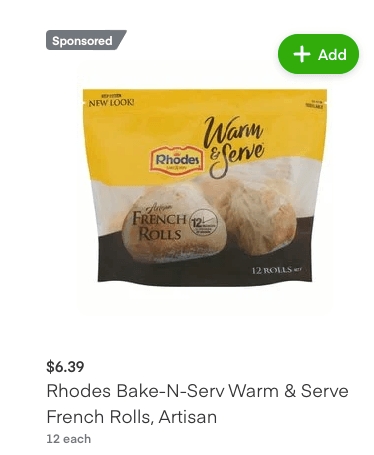
For retailers or manufacturers without hefty marketing budgets or prowess, this option could be a beneficial way to gain traction with campaigns, especially as Instacart increases advertising and marketing efforts.
Advantages of pairing with Instacart
There are numerous advantages to joining Instacart to sell your products. Here are a few of the benefits of Instacart for small businesses:
- It saves you money: If you have a small, local establishment, you may not have the necessary equipment to create an entire online shopping experience. Instead of creating your own ecommerce system with delivery, you can use Instacart and save money.
- It allows you to reach more people: If you’re in an area that isn’t easily accessible, people may not make it out to your business. With Instacart, they can still buy your products without having to leave their home. It allows you to earn more customers than if you relied solely on your brick-and-mortar store.
- It helps you meet shoppers where they are: Many people already rely on their smartphones to do their shopping. By making your products available on Instacart, you reach shoppers who are already looking for products online and through the platform.
A few things to consider with Instacart
The most pressing concern retailers should consider before partnering with Instacart is the loss of customer connection. Retailers need to accommodate for the inability to form relationships, foster a community atmosphere, and collect accurate customer data.
When customers skip the store in lieu of delivery, they miss out on sales events and marketing displays. You miss out on valuable market research, like shopping habits and in-store behaviors.
Retailers should also consider whether the cost of product markup or margin loss is worth the benefit of reaching new and existing consumers differently.
If your store already has a fully operational independent delivery option, Instacart would mainly serve to reach new customers. Retailers without existing delivery systems can reap the rewards of built-in logistics, including delivery radius and a league of available shoppers to fulfill orders.
How to get your business on Instacart
Interested retailers should visit the Instacart Partner Platform to start the enrollment process for their store.
Once on the app, do what you can to offer a seamless shopping experience on your end. Keep product details and inventory up to date and continue collecting consumer data and feedback.
Instacart gives partnered retailers insights into things like fulfillment, recommendations, and post-checkout information. You can also access sandbox data and:
- View customer communications
- Implement order ahead meals
- Introduce complementary or replacement item suggestions
- Manage SNAP and EBT benefits
Make Instacart a profitable part of your marketing campaign by integrating targeted keywords and implementing large-scale strategies to boost app visibility while retaining the in-store experience.
What is Instacart? Your key to increasing product reach
Instacart could be just what you’ve been seeking to bridge the gap between traditional in-store shopping and today’s increased need for fast delivery. You just need to make the most of your Instacart partnership with the right marketing strategies.
Our team of over 500 knows how to craft marketing strategies that help you sell more products. We’ve already driven over $10 billion in revenue for our clients in the past five years alone!
To learn more about our Instacart ad services, contact us at 888-601-5359 or request your free proposal today!
-
 The WebFX team is made up of more than 500 subject matter experts in digital marketing, SEO, web design and web development, social media, and more. Together, they’ve helped WebFX’s clients earn more than $6 billion in revenue from the web — and that’s just in the past five years.@webfx
The WebFX team is made up of more than 500 subject matter experts in digital marketing, SEO, web design and web development, social media, and more. Together, they’ve helped WebFX’s clients earn more than $6 billion in revenue from the web — and that’s just in the past five years.@webfx -

WebFX is a full-service marketing agency with 1,100+ client reviews and a 4.9-star rating on Clutch! Find out how our expert team and revenue-accelerating tech can drive results for you! Learn more
Twitter and Facebook Status Generator
Finding engaging social media content for your business can be difficult. Use our tool to quickly find ideas and post directly to your page.
Give Me an Idea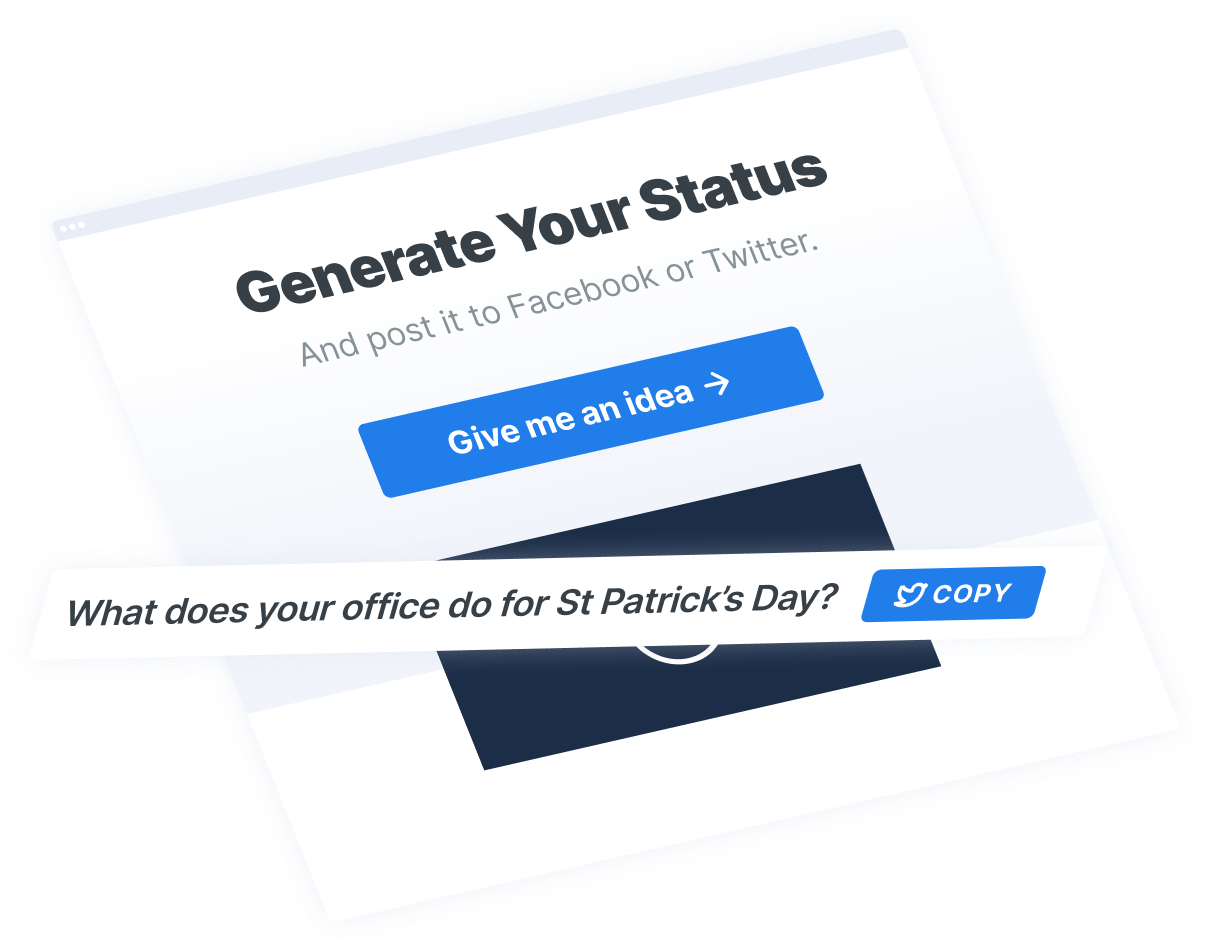

Social Media Success Story

Proven Marketing Strategies
Twitter and Facebook Status Generator
Finding engaging social media content for your business can be difficult. Use our tool to quickly find ideas and post directly to your page.
Give Me an Idea


